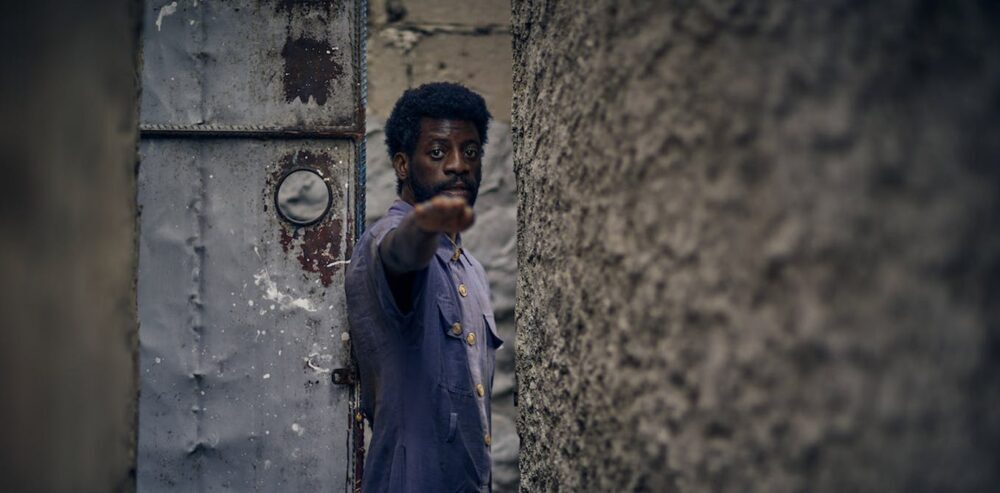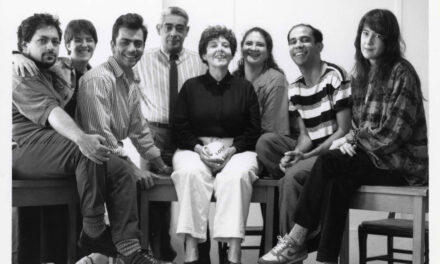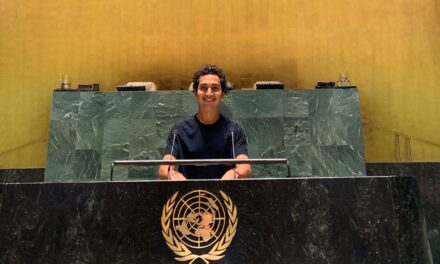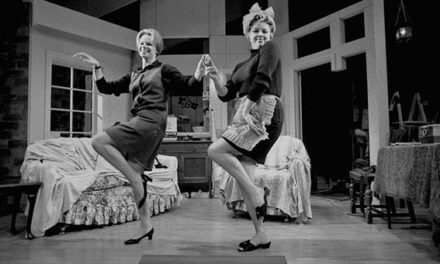Now in its 23rd year, JOMBA! is a contemporary dance festival housed at the University of KwaZulu-Natal’s Centre for Creative Arts, one of five festivals run by the Durban-based centre. It connects South African dance makers to the rest of the continent for performances and workshops, expressing the need to open artistic borders within Africa. And because of the COVID-19 pandemic, JOMBA! is also pioneering the online festival space. The award-winning Dr. Lliane Loots is a dance lecturer at the university and the festival’s founder, artistic director and curator. We asked her what to expect from the latest edition, and how the pandemic is shaping it.
What excites you about the 2021 festival?
“When the festival began in 1998, I wanted to create a space that put the artist and dance maker at the centre. I believed that if we do that, then the audience, funding, and everything else would follow. Today, the festival has evolved to offer one of Africa’s most serious platforms for contemporary dance, and it’s now the longest-running dance festival on the continent. At 23, it has become a beacon for navigating long-term partnerships, training, and collaborations that sit at the core of growing African dance makers.
In 2021, JOMBA! remains totally online and totally free. Last year was our first digital iteration after various levels of COVID-19 lockdown, social distancing, and the closure of theatres. Given that South Africa is still in level 3 lockdown, and that theatres are not fully opened, the festival remains 100% online. The impulse is to continue to keep this vital art form alive in these new and innovative ways that are emerging. So, while the festival will feature dance work originally made for stage, there is a big push to look at the interface between film, cinema, and dance – There has been a move from a stage art to screen dance.
Tell us about the new dance films.
Choreographers are thinking about camera angles and edits instead of exits and entrances. It is not a transition that all dance makers can or want to make, but it has certainly offered a new and evolving dance form that is very interesting. Artists on the line-up will be filming in their own countries and contexts. Often, place and space become important political and aesthetic markers for these dance films. On the programme is Pak Guiamba’s new work from Mozambique called IN-BOX!!, for example, where he skilfully films his own dancing body in the streets of Maputo. He navigates loss, memory, and hope for a war-ravaged country.
The films are often shorter than a live work. A screen dance film of 20 minutes is considered a big work, while perhaps on stage this would be a smaller offering. It’s exciting to watch new territories unfold and we’re hosting dance work from 11 countries. There are also creative webinars and an industry support programme to help choreographers with publicity ideas and things like how to apply for music rights. And there’s our digital blog JOMBA! Khuluma that has 45 participants from all over the world to focus on dance writing reviews.
What are some of the pros and cons of digital festivals?
While there is still a lot of dis-ease around the digital divide in Africa, we are excited to have found ways to also offer low-fi delivery that allows some of our platforms to be viewed on cell phones. Support from funders means that we do not charge for viewing or tickets. It is important to us that the dance work is still commissioned, that dance makers are still working and that their work still gets to be seen.
The digital delivery of JOMBA! has also meant that we have bigger global reach. In past years, our main performance venue was the Sneddon Theatre in Durban which seats 400 people. So, for a live festival, we could host a maximum of about 7,000 audience members. In 2020, we got 1.3 million views – This is an interesting opening! The downside, of course, is that we are not sitting in a theatre; we are not breathing with the dancers; we are not a witness to the labour and exertion of the art making.
What are some works that shouldn’t be missed?
JOMBA! 2021 has used the provocation “Border Crossings” as its theme. Within this we have set up various curated viewing platforms and events that feature what we are calling “crossings.” We have, for example, a platform called Indian Crossing that features a collaborating with a Calcutta-based organization called The Pickle Factory Dance Foundation, who have curated eight short contemporary Indian screen dance films that will be shown. For me personally, I am very excited about our African Crossings platform that will feature four new screen dance works from artists across our continent.

Robert Ssempijja (Uganda) has created a critical dance journey through Kampala. Courtesy of Robert Ssempijja,
One of JOMBA!’s key mandates continues to be to offer partnerships and collaborations with some of Africa’s most prominent, cutting-edge, and inspiring dance makers. For this edition, we have commissioned four screen dance films – from Marcel Gbeffa (Benin), Gaby Saranouffi (Madagascar), Robert Ssempijja (Uganda), and Bernardo Guiamba, aka Pak Ndjamena, (Mozambique).
Gbeffa’s In My Mind enters a dream landscape that borders the awake and sleep state. Ssempijja’s Alienation asks the hard questions about colonial architecture and how we situate our contemporary selves. Saranouffi’s Face(s) of Basadi looks at the gendered borders of young African women and the hold of tradition. And in Ndjamena’s film, the dancing body reflects memories of the past and present, and human resilience with a message of hope.
JOMBA! runs from August 24 to September 5, 2021. Each work will be available for view for 72 hours after its premiere on the festival’s YouTube channel.
This article was originally published by The Conversation on August 23, 2021, and has been reposted with permission. For the original article, click here.
This post was written by the author in their personal capacity.The opinions expressed in this article are the author’s own and do not reflect the view of The Theatre Times, their staff or collaborators.
This post was written by Lliane Loots.
The views expressed here belong to the author and do not necessarily reflect our views and opinions.



















